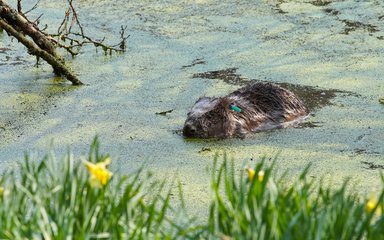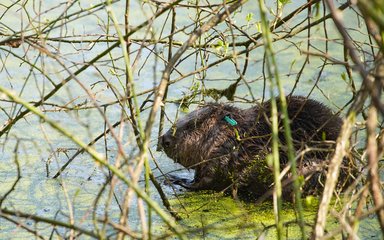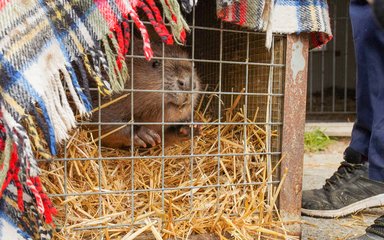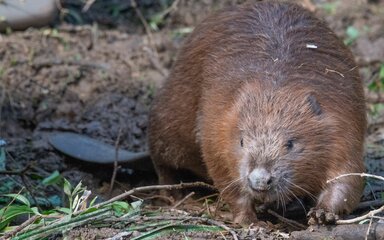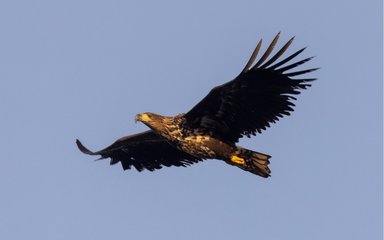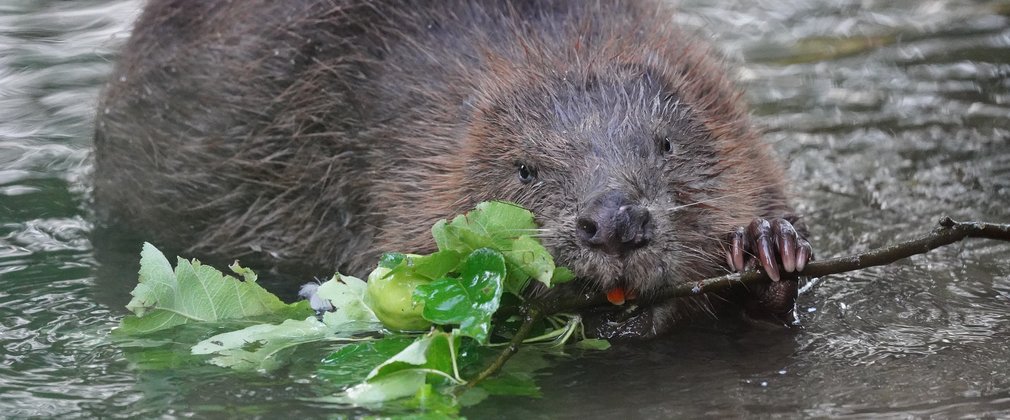
The Eurasian beaver (Castor fiber) is a large semi-aquatic mammal and one of the largest rodents in the world. Once a key part of wetland habitats and known for tree felling and dam building, these ‘ecosystem engineers’ were hunted to extinction by the start of the 16th century. Now they’re returning to our forests to help restore our wetlands and reduce the impact of flooding.
In 2018 we introduced a pair of beavers in an enclosed trial at Greathough Brook in the Forest of Dean, and two more beavers were introduced at Cropton Forest in North Yorkshire in 2019. With both projects proving successful, we released a family of six beavers into an enclosure in Wyre Forest in April 2024, and in May 2024 a pair of beavers were introduced at Perry Hay, a further site in the Forest of Dean.
Beaver statistics
- length: approximately 1m
- weight: up to 30kg
- lifespan: usually between seven and eight years.

Beaver habitat and breeding
Beavers make safe home environments for themselves by creating ponds of deep, still water as a resulting of damming water flow. Within these ponds they build lodges from sticks and branches, held together with mud.
Beavers live in small family groups and are thought to mate for life. Females give birth in the spring or early summer, and usually between two and four kits are born each year. Youngsters stay in their lodges for their first couple of months and leave to find their own territories around two years old.
Did you know? Beavers have a special claw on their hind feet that they use like a comb for grooming their fur.
What do beavers look like?
Beavers have thick, waterproof fur and broad, leathery tails; both features make them excellent swimmers. They have huge, orange teeth hardened with iron that they use to ‘coppice’ waterside trees by gnawing on the stems.
Spotting tips
It is easier to spot signs of beaver activity than it is to spot the animals themselves. Look for stripped trees, felled branches and dams in areas where beavers are known to live - they are most active at dawn and dusk.
